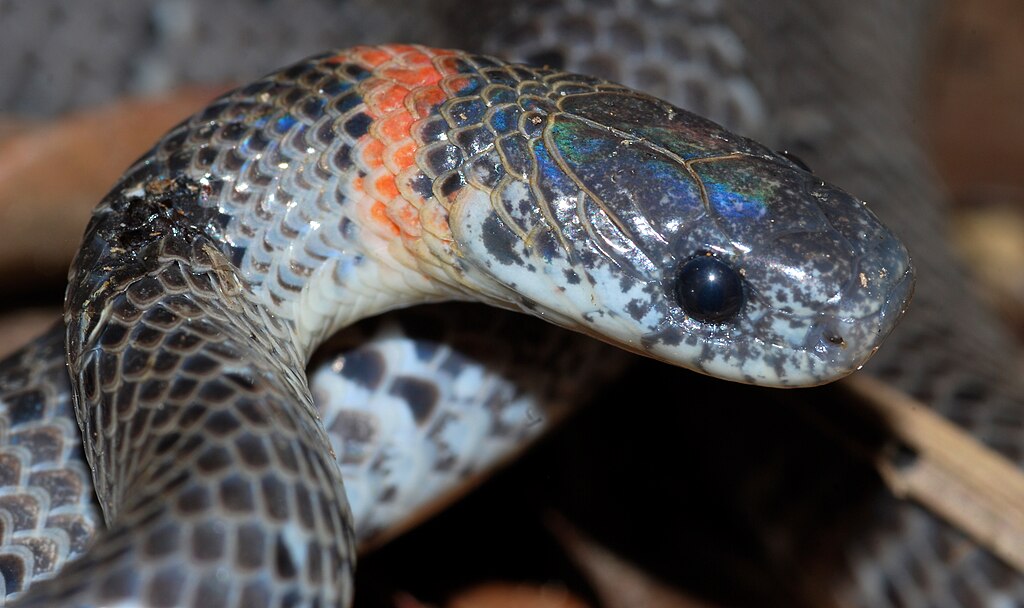The concept of friendship among animals has captivated human imagination for centuries. We readily observe social bonds in mammals like elephants, primates, and dolphins, but what about reptiles? Snakes, with their seemingly cold and solitary nature, aren’t typically associated with forming social attachments. Yet recent research has begun to challenge our understanding of reptilian behavior, raising intriguing questions about the social lives of non-venomous snakes in their natural habitats. While snakes don’t form “friendships” in the human sense of the word, their interactions with conspecifics may be more complex than previously thought. This article explores the fascinating world of snake sociality, examining whether these misunderstood creatures might engage in behaviors that could be considered social or even “friendly” in their own reptilian way.
The Traditional View: Snakes as Solitary Creatures
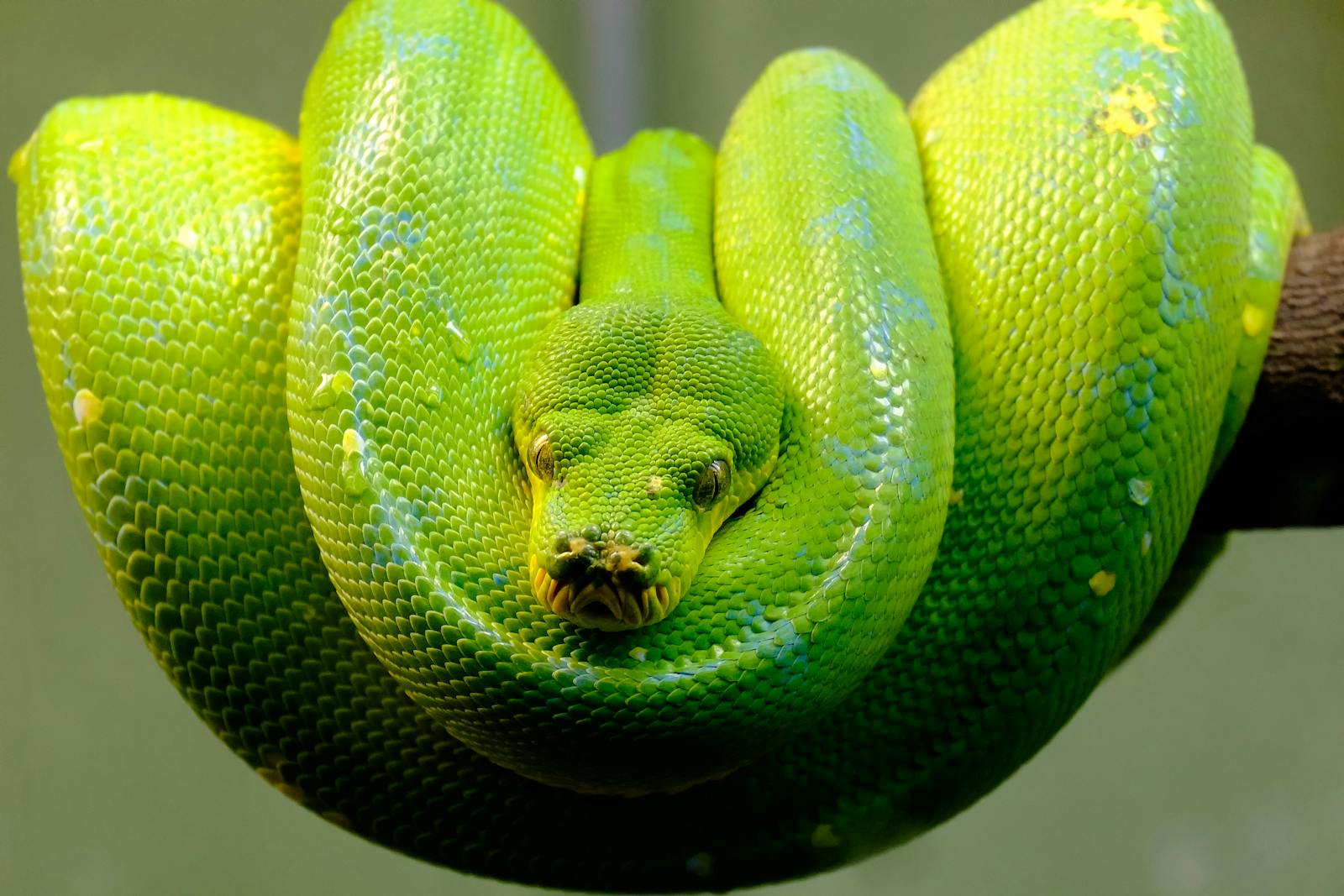
Historically, herpetologists and wildlife biologists have characterized snakes as predominantly solitary animals. Unlike highly social species such as wolves or meerkats, snakes typically hunt alone, defend individual territories, and don’t require social interaction for their psychological well-being. This traditional understanding stems from thousands of field observations across different species and habitats. Most non-venomous snakes encounter others of their kind primarily during mating season, after which females typically depart to give birth or lay eggs without further interaction with males. This limited social contact has reinforced the perception that snakes lack the neurological capacity or evolutionary incentive to form lasting social bonds. Their brain structure, which differs significantly from mammals, has been cited as evidence that they lack the neural architecture necessary for complex social recognition.
Defining “Friendship” in Animal Terms

Before exploring snake sociality, it’s essential to establish what constitutes “friendship” in the animal kingdom. In scientific terms, researchers typically look for voluntary, non-reproductive social associations that persist over time and provide mutual benefits. These relationships often involve preferential treatment of familiar individuals, recognition of specific conspecifics, and cooperative behaviors that enhance survival. True animal friendships, as observed in species like elephants or chimps, include attributes such as mourning deceased companions, defending allies, and seeking out specific individuals for companionship even when no immediate survival benefit exists. This definition helps distinguish between simple tolerance of conspecifics (which many animals display) and genuine social bonds that resemble what humans might recognize as friendship. For snakes, any potential “friendship” would necessarily look quite different from mammalian social bonds.
Surprising Instances of Snake Aggregation
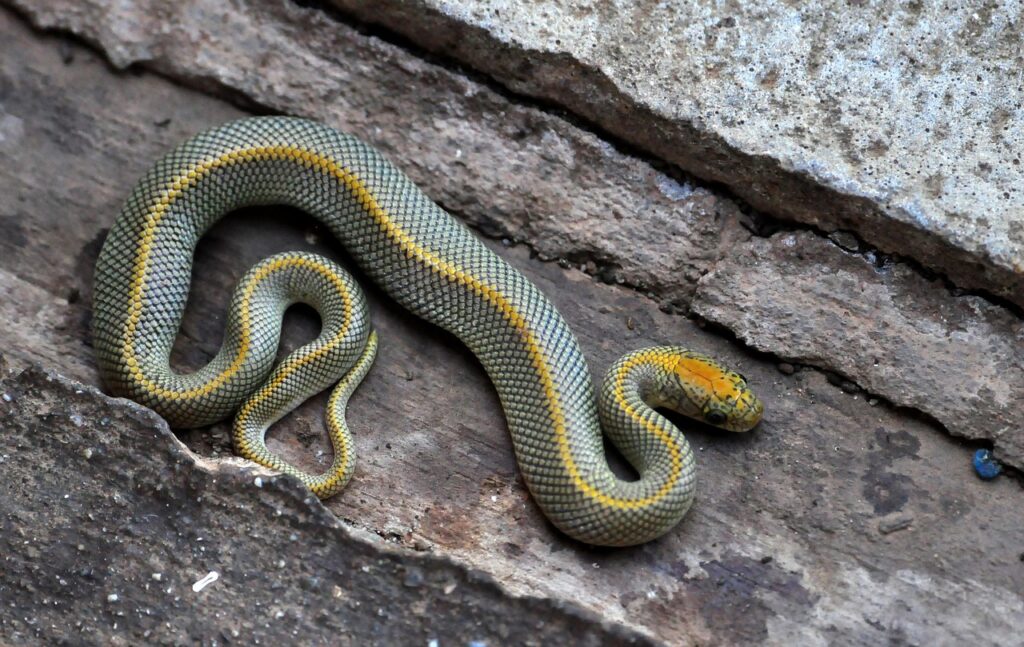
Despite their reputation as loners, certain non-venomous snake species do exhibit aggregation behaviors that challenge the strictly solitary paradigm. Garter snakes (Thamnophis spp.) provide perhaps the most dramatic example, forming massive hibernation dens called hibernacula where thousands of individuals tangle together to survive winter. These remarkable aggregations aren’t merely coincidental – the snakes actively seek out these communal sites, sometimes traveling miles to reach them. Similarly, certain python species have been documented sharing burrows or tree hollows, particularly during adverse weather conditions. Brown tree snakes occasionally form “balls” of multiple individuals, especially during breeding season. While these aggregations are primarily driven by environmental pressures rather than social preference, they demonstrate that snakes do possess mechanisms for tolerating prolonged close contact with conspecifics under certain conditions.
The Neurological Basis for Social Recognition
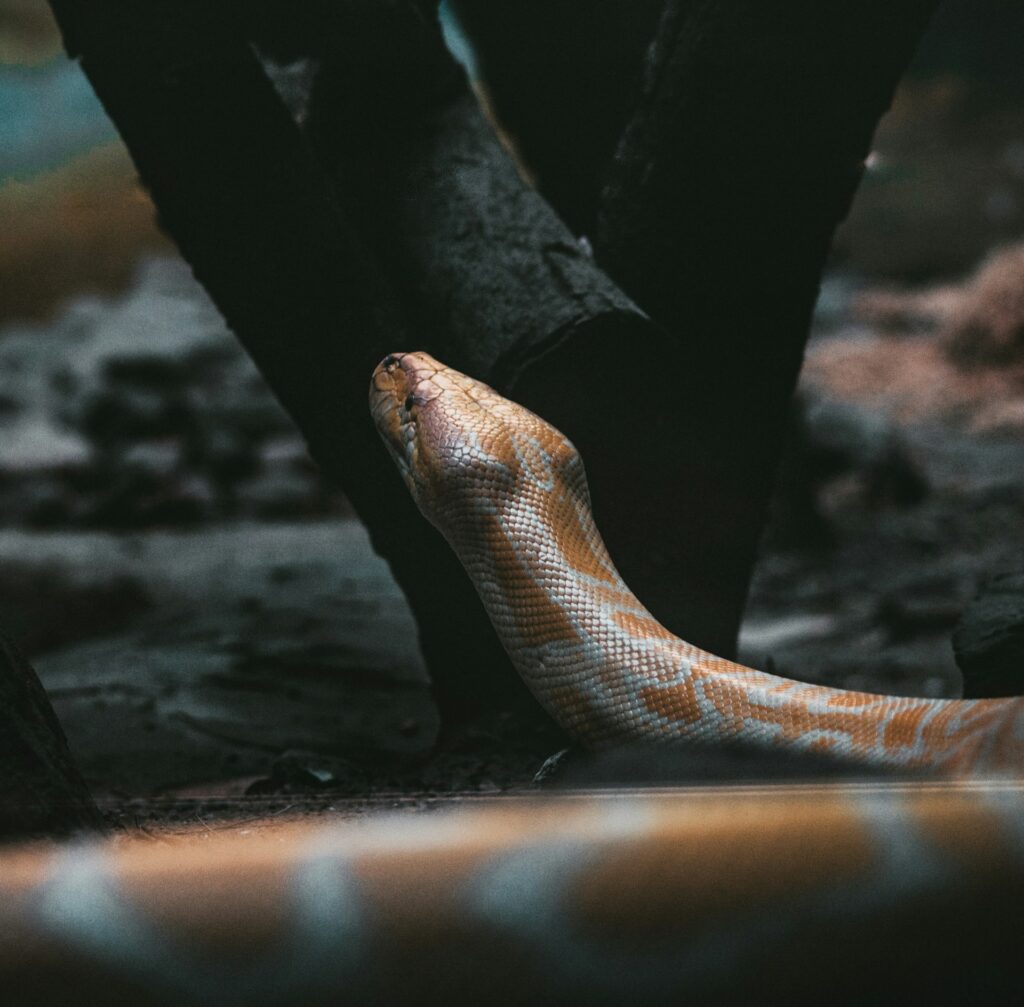
A key component of friendship is the ability to recognize and preferentially associate with specific individuals. While snake brains differ substantially from mammalian brains, emerging research suggests they may possess more sophisticated neural mechanisms than previously credited. Studies on certain snake species have demonstrated that they can distinguish between familiar and unfamiliar individuals through chemical cues. The vomeronasal organ, a specialized sensory structure in snakes, allows them to process complex chemical information about other snakes they encounter. Some species show different behavioral responses based on whether another snake is familiar or not. Research on captive corn snakes has shown they may display less defensive behavior toward snakes they’ve previously encountered without conflict. While this falls short of the neural complexity that supports mammalian friendships, it does suggest snakes possess at least the foundational capacity to recognize conspecifics on an individual level.
Maternal Care: The First Social Bond?

While most snake species abandon their eggs or offspring immediately after birth, some non-venomous species display surprising levels of maternal care that could represent a primitive form of social bonding. Python species, including ball pythons and reticulated pythons, are known to coil around their eggs, protecting them and regulating their temperature through subtle muscular contractions. This behavior, which can last for weeks, represents a significant investment of energy and demonstrates that these reptiles are capable of sustained care-giving behaviors. Even more remarkably, certain species of king cobra create nests and actively guard their eggs and newly hatched young, with females remaining vigilant against predators. Though these behaviors are instinctive rather than emotionally driven, they demonstrate that snakes can engage in prolonged protective interactions with other members of their species, which represents a basic form of social relationship.
The Role of Chemical Communication
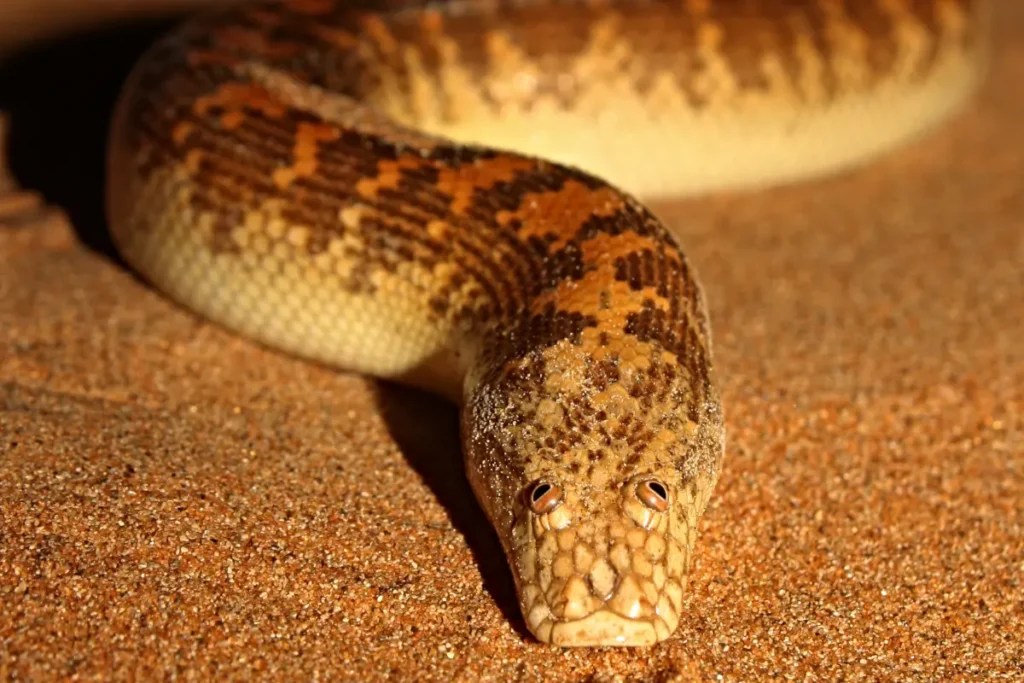
Chemical signals form the primary language through which snakes interact with their world and potentially with each other. Through specialized scent reception organs, snakes can detect astonishingly detailed information about other individuals, including their species, sex, reproductive status, and even individual identity. This sophisticated chemical communication system provides a potential mechanism through which social recognition could occur. Research has demonstrated that certain snake species show preference for substrate marked by familiar individuals versus strangers. Garter snakes have been observed following the chemical trails left by other members of their species when navigating to new habitats. In captivity, some snake species appear less stressed when placed in enclosures containing the scent of familiar snakes compared to unfamiliar ones. This chemical recognition system, while different from the visual and auditory recognition systems of mammals, could potentially support primitive forms of social preference in the wild.
Communal Nesting Behaviors
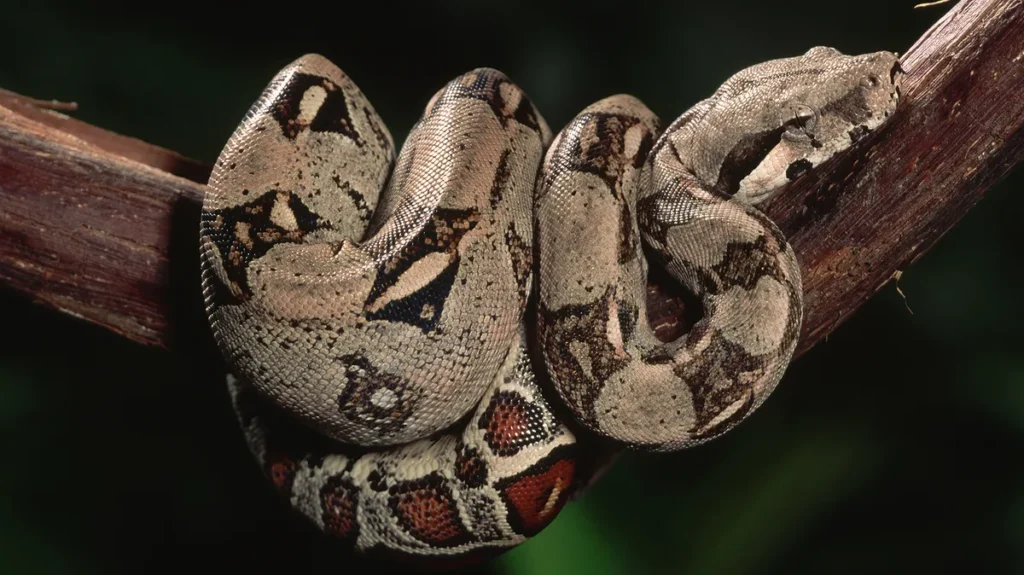
One of the most intriguing social behaviors observed in certain non-venomous snake species is communal nesting, where multiple females deposit their eggs in a shared location. This behavior has been documented in species like rat snakes and certain pythons, particularly in regions where suitable nesting sites are limited. These communal nests sometimes contain dozens of eggs from multiple females, suggesting some level of tolerance or coordination between reproductive females. In some cases, females may even remain near the nest site together, potentially providing enhanced protection against predators through their combined presence. While communal nesting is likely driven primarily by environmental factors rather than social preference, it does demonstrate that snakes can coordinate behaviors in ways that benefit multiple individuals. The fact that certain females choose occupied nest sites over empty but otherwise suitable locations suggests there may be recognition of potential advantages to proximity with conspecifics.
Snake Social Learning: Following the Leaders
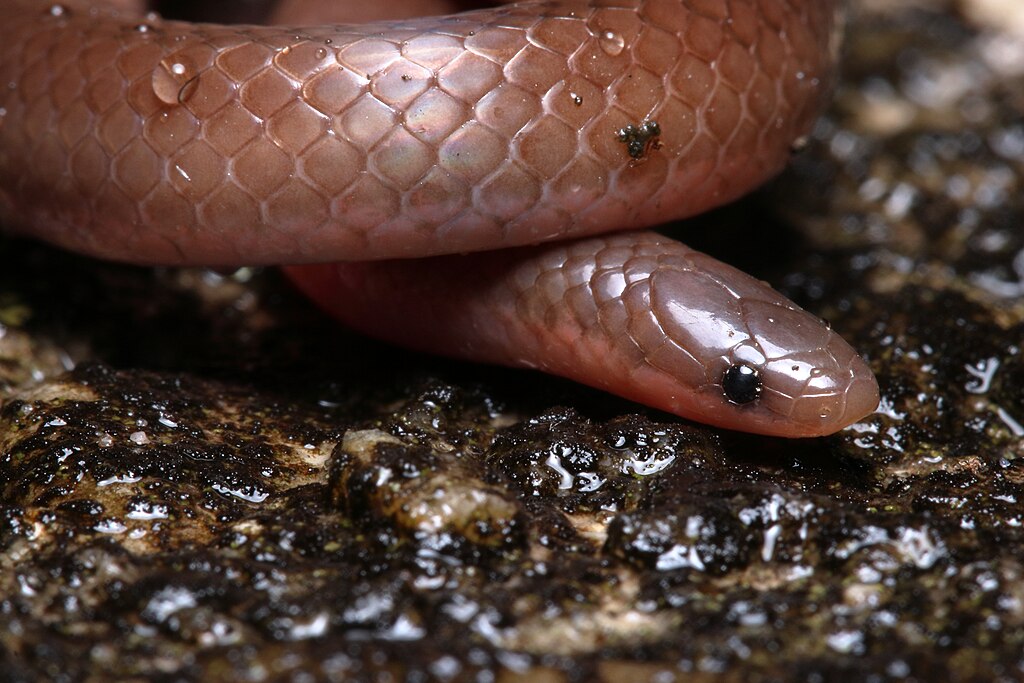
Evidence for social learning—the ability to acquire behaviors by observing others—provides another window into potential snake sociality. Though limited compared to mammals, some studies suggest snakes may be capable of rudimentary social learning. Garter snakes have demonstrated faster route learning when following trails left by experienced conspecifics compared to finding their way independently. Young water snakes have been observed adopting hunting techniques after watching successful adults. In laboratory settings, certain species show improved maze navigation when allowed to observe successful navigators first. This capacity for social learning, while basic compared to that of highly social mammals, suggests snakes may benefit from the presence of experienced conspecifics in ways that transcend simple tolerance. The ability to learn from others represents a form of social interaction that could theoretically lead to preferential association with knowledgeable individuals.
Male Combat and Dominance Hierarchies
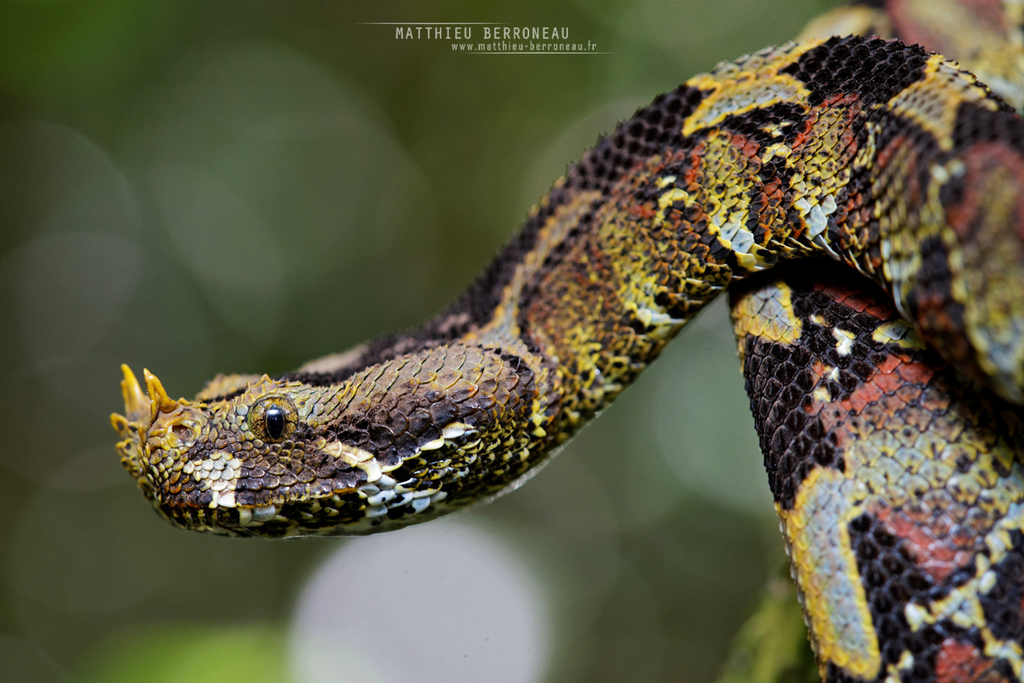
In many non-venomous snake species, males engage in ritualized combat during breeding season, competing for access to females. These interactions, while seemingly adversarial, actually demonstrate sophisticated social awareness. Combat typically involves complex wrestling behaviors rather than biting or serious injury, suggesting evolved mechanisms for establishing dominance without endangering either participant. Species like rat snakes and king snakes may maintain loose dominance hierarchies where winners of previous contests are less likely to be challenged by the same individuals in subsequent encounters. This recognition of social status implies a memory for specific individuals and their competitive abilities. Some species exhibit what researchers call “dear enemy” phenomena, where they respond more aggressively to unfamiliar males than to neighboring males with whom boundaries have already been established. While these interactions don’t constitute friendship, they do suggest non-venomous snakes maintain more complex social awareness than previously recognized.
Captive Observations: When Snakes “Choose” Company
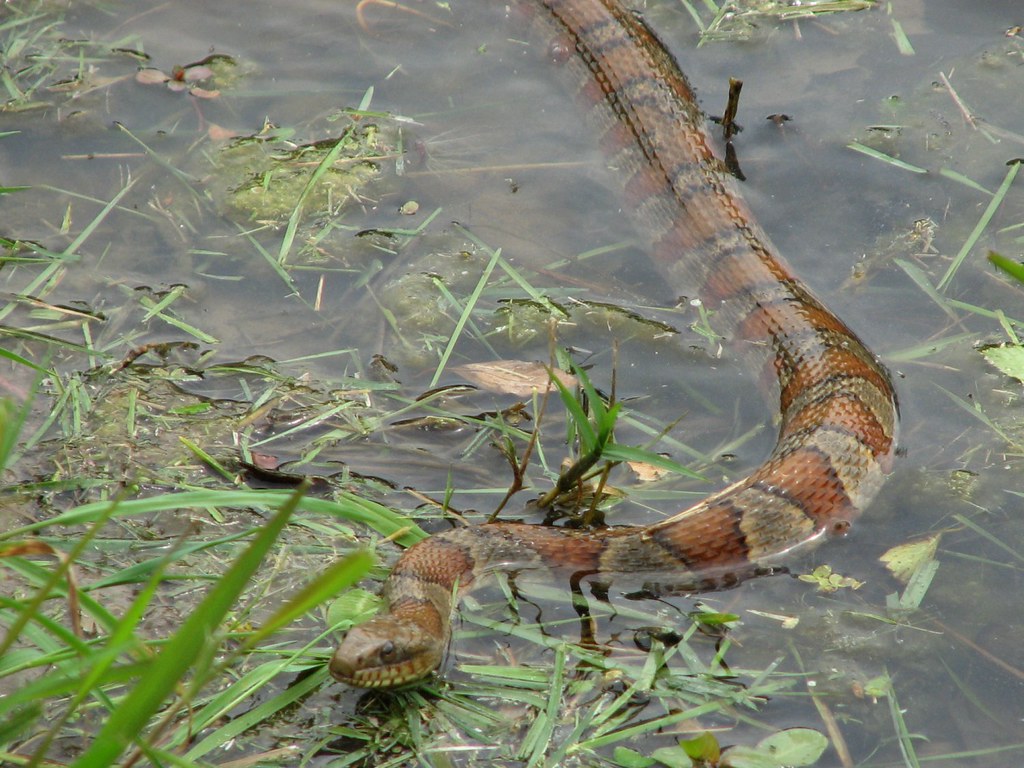
Some of the most intriguing evidence for potential snake sociality comes from captive settings, where controlled environments allow for closer observation of behavioral preferences. Numerous snake keepers report instances of non-venomous snakes voluntarily sharing hiding spots despite having multiple suitable refuges available. In some cases, certain individuals appear to consistently choose proximity to specific cage-mates over others. Corn snakes, ball pythons, and king snakes have all been observed engaging in non-reproductive physical contact, sometimes resting with bodies aligned or heads positioned near each other. While these observations must be interpreted cautiously, as captivity creates artificial social situations, they suggest that some snake species may not be as inherently solitary as once thought. The voluntary nature of these associations, where snakes choose proximity when isolation is equally available, presents the most compelling case for something resembling social preference in these reptiles.
Evolutionary Perspective: Why Social Bonds Might Matter
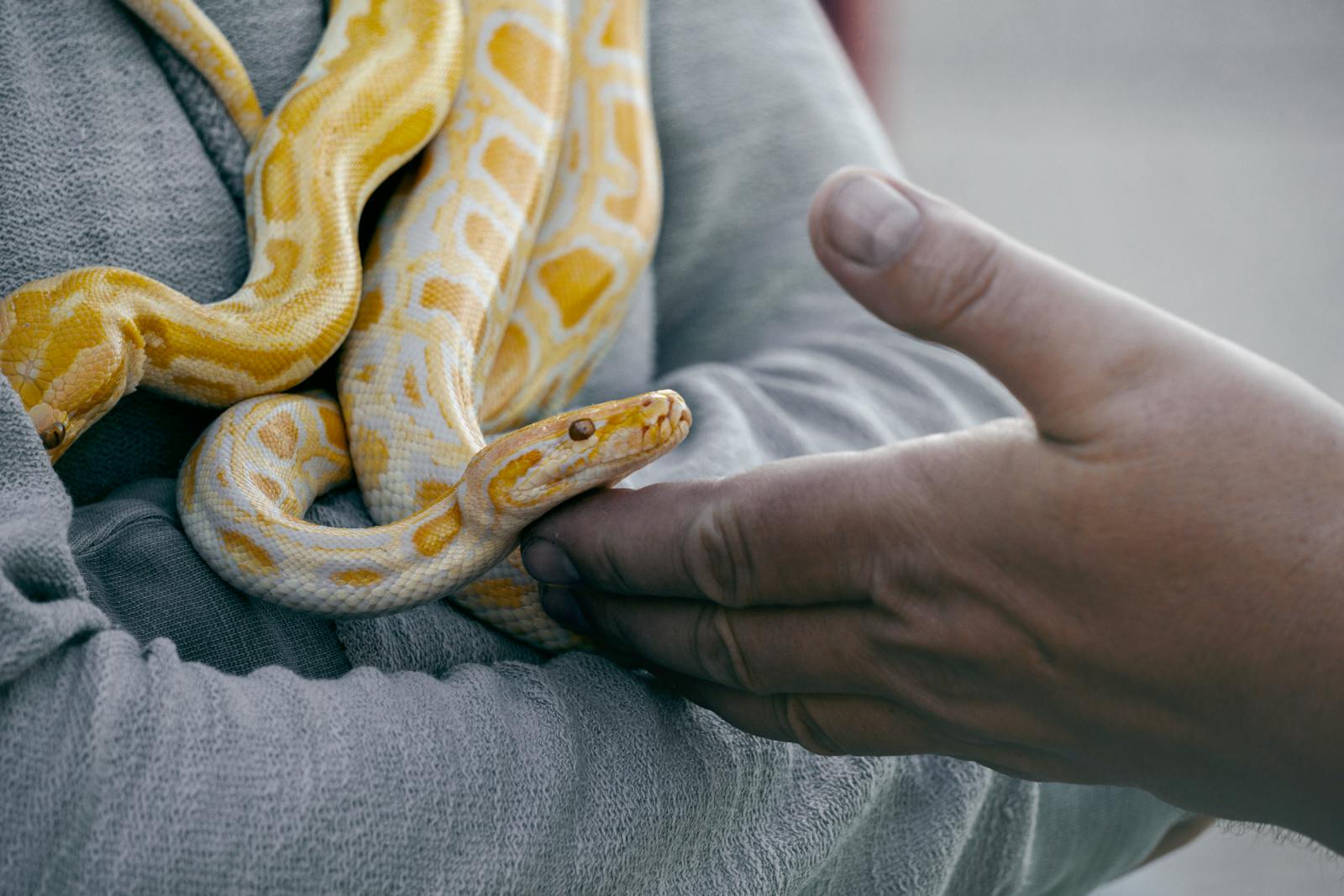
From an evolutionary standpoint, the development of social bonds typically correlates with survival advantages that outweigh the costs of group living. For most snake species, solitary existence has proven highly successful, reducing competition for resources and lowering visibility to predators. However, certain ecological niches might favor limited sociality even in snakes. Group thermoregulation allows more stable body temperatures in harsh environments, potentially explaining why some species form hibernation aggregations. Communal defense could benefit smaller snake species vulnerable to predation, explaining why certain species maintain closer proximity during vulnerable periods. Information sharing about food sources or predator presence could theoretically benefit individuals who tolerate conspecifics. While full friendship-like bonds would require significant evolutionary pressure to develop, these potential benefits suggest why certain snake species might have evolved mechanisms for social tolerance or even preference beyond mere reproductive encounters.
Research Limitations and Future Directions
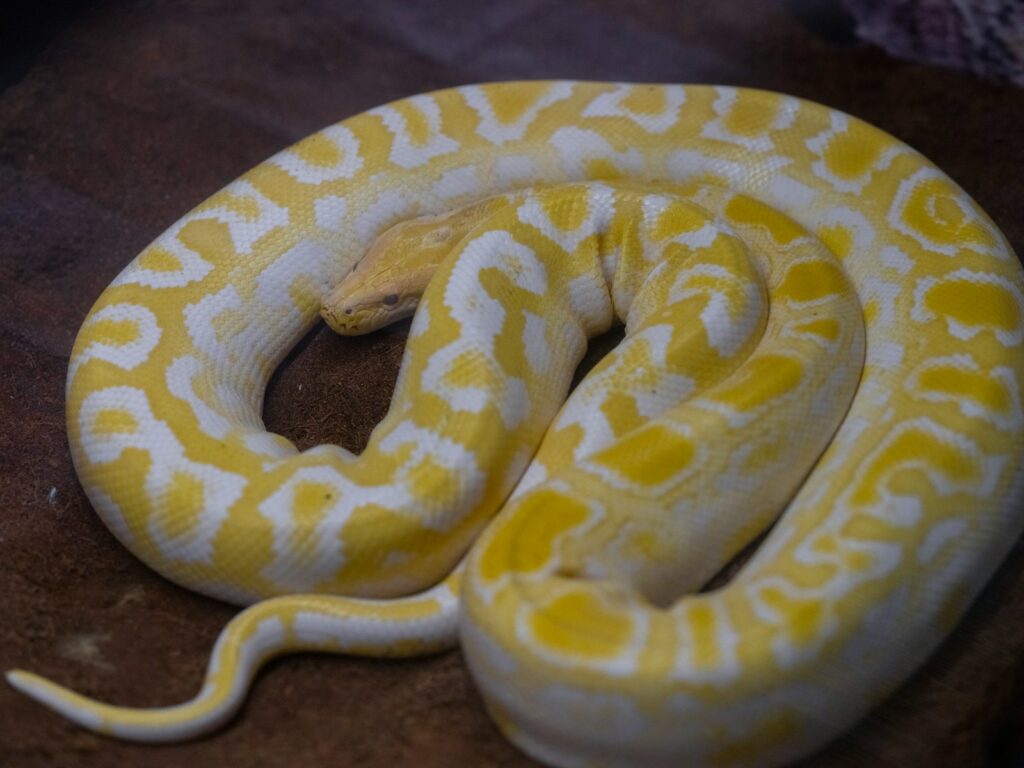
The study of snake sociality faces significant methodological challenges that have limited our understanding of their potential social lives. Unlike mammals, snakes are cryptic, often nocturnal, and difficult to observe continuously in the wild. Their primary communication occurs through chemical signals invisible to human observers. Additionally, research funding has historically prioritized venomous species or those with clear economic impacts, leaving gaps in our knowledge of many non-venomous species’ natural behaviors. Future research utilizing modern tracking technologies, including miniaturized GPS tags and implanted RFID chips, may reveal previously undetected patterns of association among wild snakes. Chemical ecology studies examining how snakes respond to scents from different individuals could provide insight into social recognition capabilities. Laboratory studies employing choice tests might further illuminate whether snakes genuinely prefer familiar individuals or merely tolerate them. As research techniques advance, our understanding of snake sociality will likely continue to evolve.
Conclusion: Redefining Snake Sociality
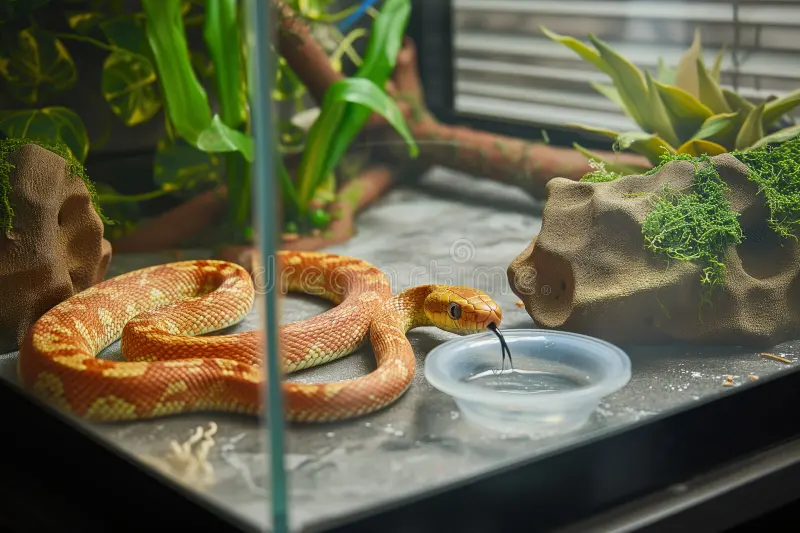
While non-venomous snakes don’t form friendships in the mammalian sense—with emotional bonds, altruistic behaviors, and long-term alliances—the evidence suggests their social lives may be more complex than the purely solitary model that dominated early herpetological understanding. From communal hibernation and nesting to individual recognition and voluntary association in captivity, certain snake behaviors hint at capabilities for social tolerance and even preference that weren’t previously recognized. Rather than asking whether snakes form friendships comparable to those of mammals, perhaps the more interesting question is how snake sociality might have evolved to suit their unique ecological niches and physiological constraints. As with many aspects of animal behavior, the truth likely lies in a nuanced middle ground—snakes aren’t the purely solitary creatures of traditional portrayal, but neither do they form the rich social bonds characteristic of highly social mammals. This evolving understanding reminds us that animal sociality exists on a spectrum, with each species developing the level of social complexity that best serves its evolutionary needs.

